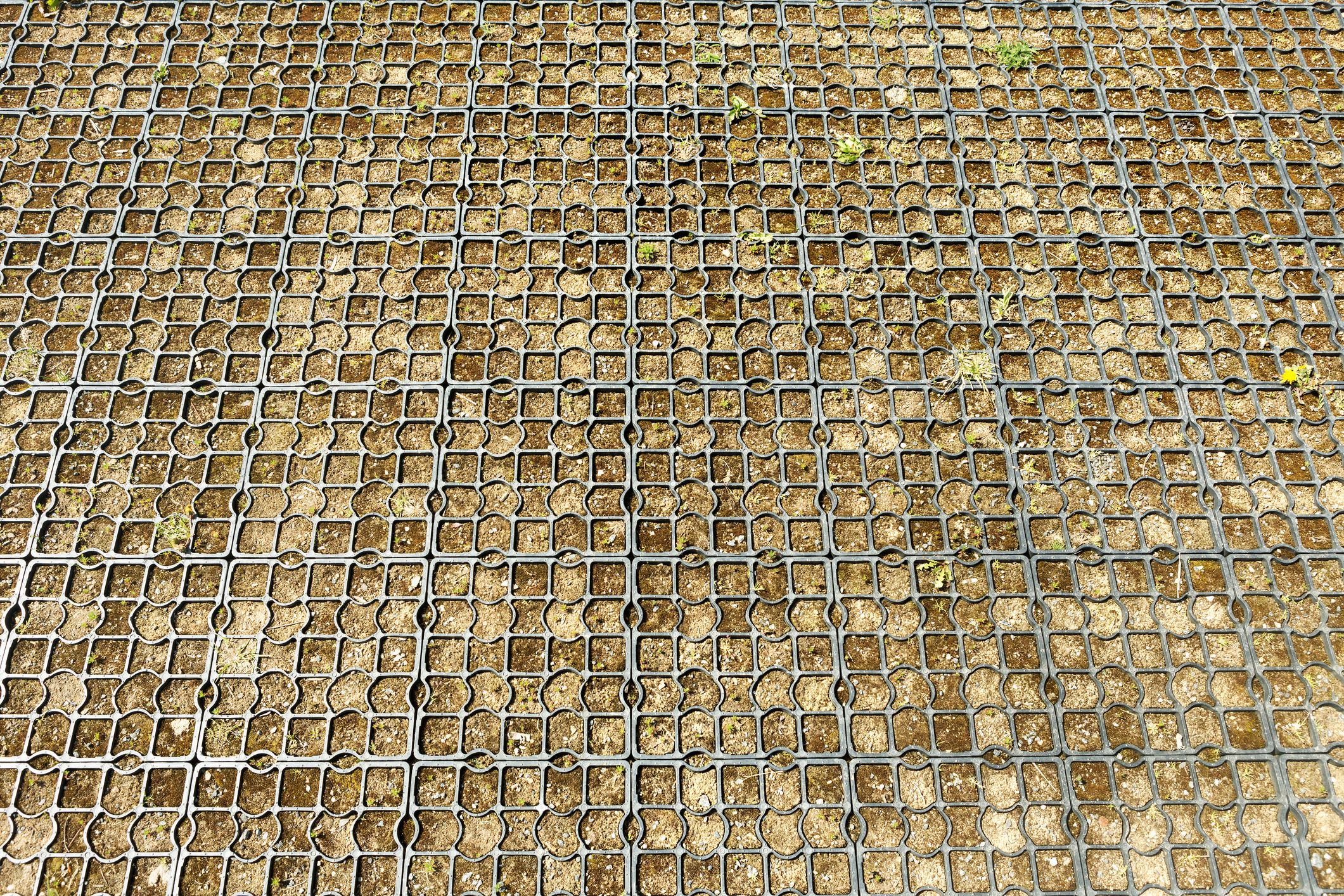Ontario’s Credit Valley Conservation (CVC) has developed an economic discussion paper entitled, Economic Instruments to Motivate Stormwater Management on Private Lands, which grew out of research, field studies and demonstration projects, and the work of the Sustainable Technologies Evaluation Program (STEP).
A companion to the white paper on the Drainage Act as a mechanism to deliver distributed stormwater infrastructure, the discussion paper outlines mechanisms to incentivize adoption of LID technologies and outlines a pilot project to gather data and provide support for effective implementation of distributed green infrastructure.
“Private property owners could use the drainage act to petition for the installation of communal stormwater management systems on their property. However, there has to be a financial driver for private property owners to petition the Drainage Act,” said Aloma Jonker, coordinator Integrated Water Management, CVC.
While a number of possible financial mechanisms are outlined in the paper, CVC will move forward on testing offsets, grants and subsidies, and financing. In order to quantify the impact of both the use of the Drainage Act and financial incentive mechanisms, a pilot project will be undertaken that aggregates 14 properties in the Southdown area of Mississauaga.
Key Performance Indicators (KPIs) for the financial incentives will be focused on the per cent uptake of LID technologies on private properties in the pilot area. “The KPIs might, however, not strictly apply to the pilot project since it is anticipated that the technologies will be paid for by one time grants allocated to CVC,” said Jonker. This is because, despite the discussion paper pointing to grants as an incentive mechanism, the goal is for landowners to apply themselves. “There is, however, precedent for third-party applications in the US. In Philadelphia, contractors bid for grants and then offer to install LID technologies on private properties. It would be interesting to see if this model can apply here.”
Through the pilot process, the CVC ultimately wants to establish the benefits of an ongoing incentive program that will accelerate the uptake of LID. Through the pilot, the CVC and other stakeholders will gather data on lifecycle costs compared to traditional stormwater management infrastructure, avoided costs for municipalities, and other co-benefits.
Ultimately, “municipalities will be the main implementers since they are the ones who will benefit from the installation of stormwater management systems on private property,” said Jonker. The economic discussion paper is about giving municipalities tools to prove the worth of the practice to private stakeholders.









